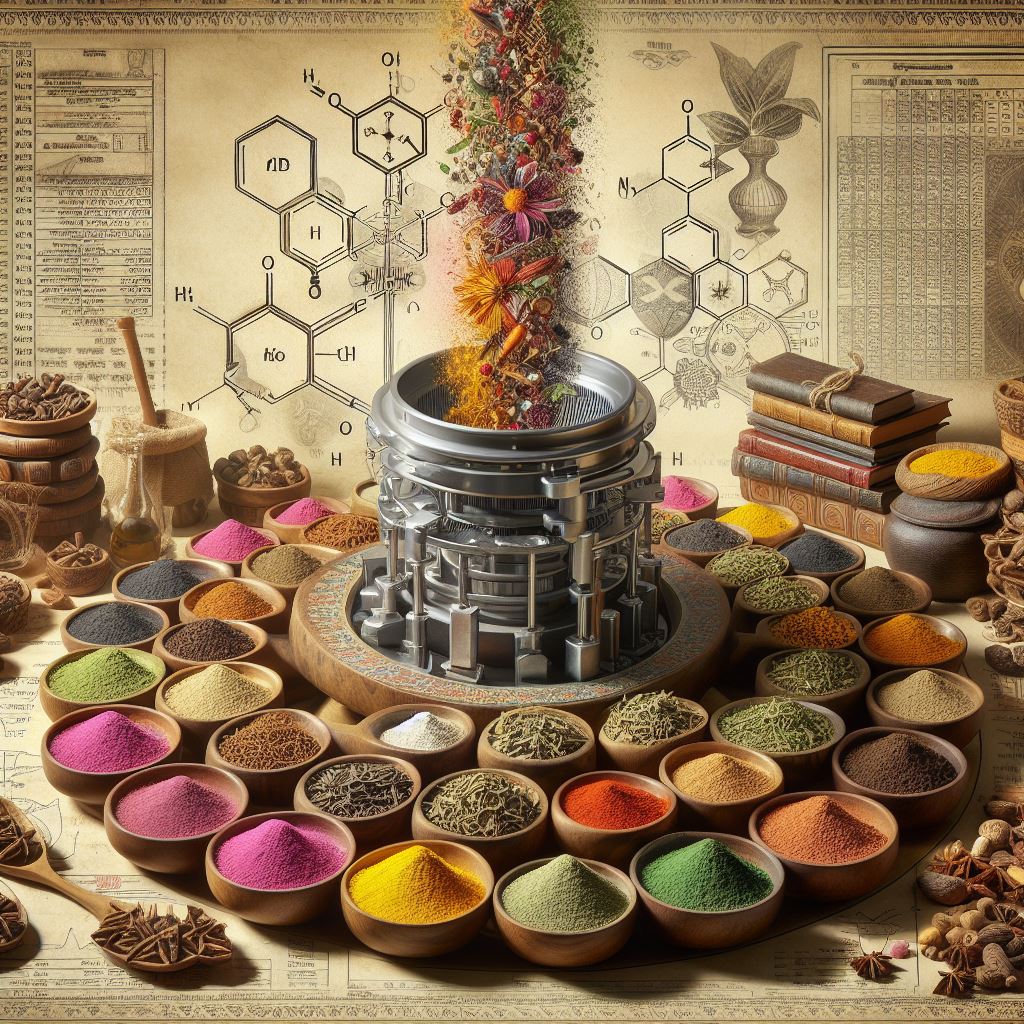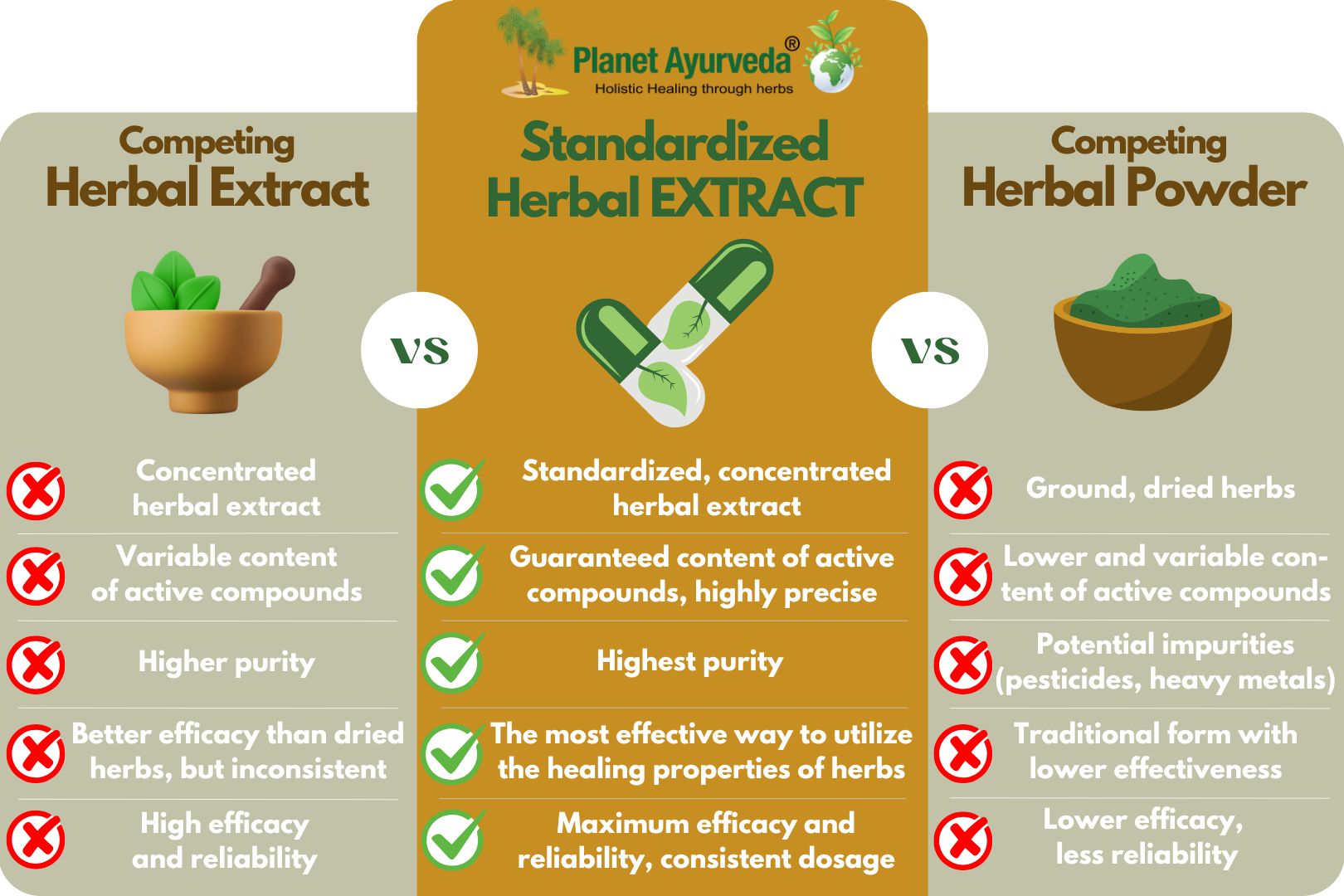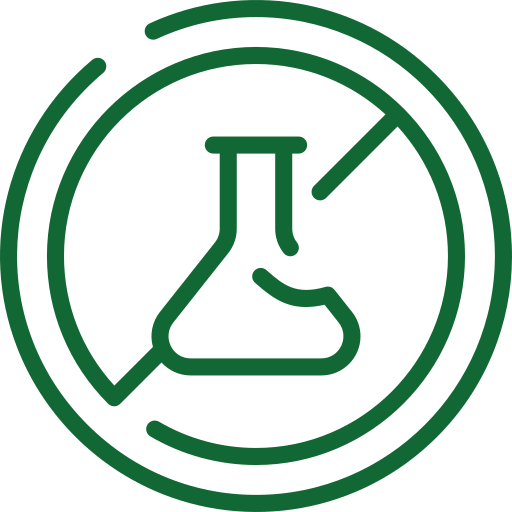QUALITY OF PRODUCTS
How to find out about the expanding range of Ayurvedic products here? Pay particular attention to what exactly the capsules of Ayurvedic nutritional supplements contain and what they are made of.

QUALITY OF PLANET AYURVEDA ®
These principles of quality apply to our Ayurvedic products:
- 100% vegetarian capsules
- The most effective standardized extract
- Up to 500 mg in one capsule
- 100% pure products without fillers, additives and chemicals
- Positive energy
- Thorough laboratory tests and international certificates
100% vegetarian capsules
We use 100% vegetarian capsules made from vegetable cellulose and not from hardened gelatins, which are less expensive, made from chemicals, beef cartilage and pork intestines.
Most effective standardized extract
In our 100% natural herbal supplements we use standardized extracts and uncommon extracts.
There are three types of herbal extracts:
- Pure herbal powder (the part of the herb prepared into a powder).
- Herbal extract (extract from a herb, while the content of specific substances in the extract is not examined).
- Standardized herbal extract – In this type of extract, the % representation of effective substances. In general, the level of concentration prepared by us is very high, from 100 kg of herbal powder, only 10 kg of standardized extract can be prepared by concentration. This extract is then further tested for the content of active substances (e.g. with Ashwagandha, it is the content of withanolides). The extract is further intended for sale only when it meets the criteria for use. If not, the extract is no longer used as a standardized extract, but only as a pure herbal extract. We only use a standardized extract in our capsules.
100% pure products without fillers, additives and chemicals
Our products are 100% natural. Many manufacturers fill their 500mg capsules with 250mg of herbal extract and fill the rest with raw herbal powder, fillers, chemicals, flour, etc., just to keep costs down. Our capsules contain only 500 mg of standardized extract without any preservatives, fillers or chemicals.
Thorough laboratory tests and international certificates
All Planet Ayurveda® nutritional supplements have been thoroughly tested by accredited laboratories within the EU for the content of heavy metals (lead, mercury, cadmium, arsenic) and microbiology (E.coli and Salmonella) and fully complied with EU standards, on the basis of which their introduction to the EU market was subsequently approved by the Slovak Public Health Office.
Planet Ayurveda® India holds several international certificates, including the ECOCERT ORGANIC certificate for organic products.
Positive energy
And in addition, all our products are filled with positive energy, blessings and high karma. Our prices correspond to our mission to bring you and the world a combination of medicinal herbs of the highest quality.
Benefits of Standardized Herbal Extracts
![]() The most effective standardized herbal extract
The most effective standardized herbal extract
![]() 100% natural capsules without preservatives, additives, chemicals, dyes, starch and cheap fillers
100% natural capsules without preservatives, additives, chemicals, dyes, starch and cheap fillers
![]() Suitable for vegetarians and vegans (capsule cover is made of vegetable cellulose)
Suitable for vegetarians and vegans (capsule cover is made of vegetable cellulose)
![]() Thorough laboratory tests and international certificates
Thorough laboratory tests and international certificates
![]() Positive energy in every capsule
Positive energy in every capsule
![]() An article about the quality of our Ayurvedic products
An article about the quality of our Ayurvedic products
![]() The recommended daily dose should not be exceeded
The recommended daily dose should not be exceeded







